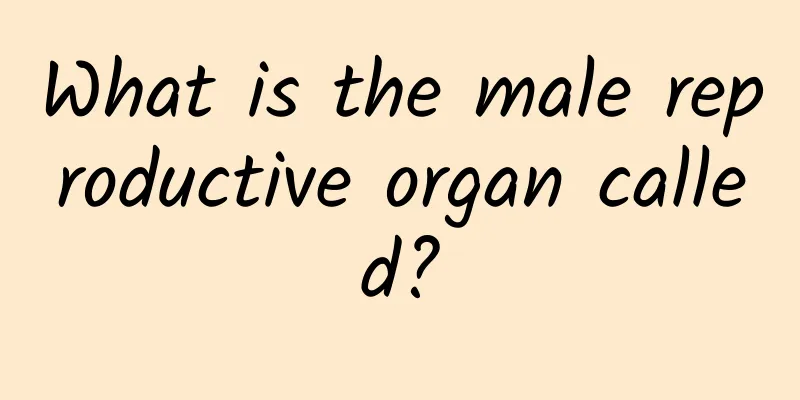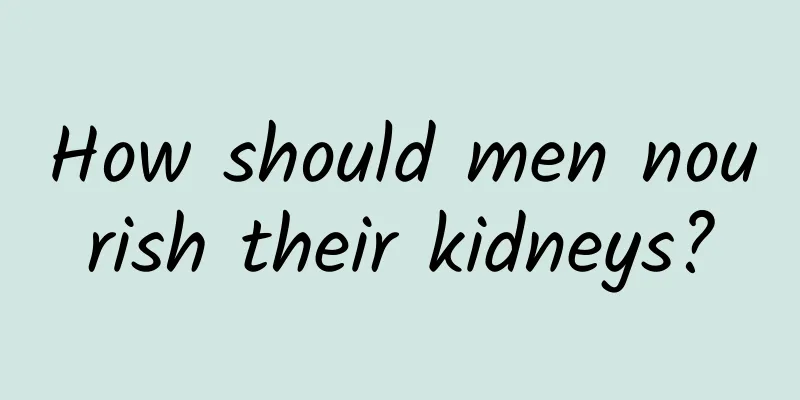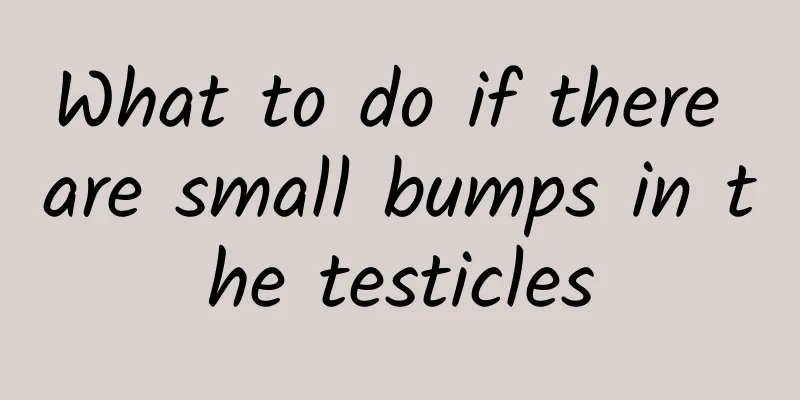What is the male reproductive organ called?

|
The male reproductive system consists of two parts: the internal reproductive organs and the reproductive organs. The internal reproductive organs are composed of the location of the prostate (male testicles), the ejaculatory duct (episodic cyst, ejaculatory duct, vas deferens and urethral opening) and the accessory glands (seminal vesicles, male prostate, bulbourethral glands). The reproductive organs include the scrotum and male reproductive organs. Male reproductive system 1. Internal reproductive organs: 1. Location of the prostate: The male testicle is located in the scrotum, one on the upper and one on the lower. It is a flat oval body, divided into upper and lower parts, inner and outer parts, and front edges. The surface is covered with high-density connective tissue called the tunica albuginea. At the edge of the male testicle, the tunica albuginea thickens and penetrates into the male testicle essence to form radial septa, which separate the male testicle essence into many cone-shaped male testicle lobules, each of which contains 2-3 convoluted seminiferous tubules. The connective tissue in the middle of the convoluted seminiferous tubules contains interstitial cells that can metabolize male hormones. The seminiferous tubules converge into straight seminiferous tubules at the apex of the male testicular lobule and then interweave with each other to form a network. Finally, more than ten efferent ductules are transmitted from the edge of the male testicle to the epididymal cyst. (ii) Ejaculatory duct: 1. Epididymal cyst: The epididymal cyst is located close to the top and edge of the male testicle and can be divided into three parts: head, body, and tail. The head is composed of the efferent ductules, and the tail end of the efferent ductules is connected to an epididymal duct. The epididymal duct is about 4-5 meters long and consists of the body and tail. Function: Provide nutrients for the growth and development of male sperm: The epididymal duct inner wall secretes substances - some growth hormones, enzymes, and special substances - to provide nutrients for the growth and development of male sperm; store male sperm: male sperm is stored, grows, develops, and moves forward actively here. 2. Ejaculatory duct: The ejaculatory duct is about 40 cm long and is in the shape of a tight round cord. It has a long course, from the scrotum to the outer subcutaneous tissue, and then enters the abdomen and pelvis through the inguinal canal. Behind the bladder, on the inner side of the seminal vesicle, it expands to form the ejaculatory duct umbilicus, and its tail end narrows and forms the vas deferens with the metabolic duct of the seminal vesicle. 3. Vas deferens: The vas deferens is about 2 cm long, passes through the prostate gland, and opens at the urethra. (iii) Accessory glands: 1. Seminal vesicle: A flat, oval, sac-like human organ located behind the base of the bladder, on both sides of the ejaculatory duct. Its metabolic duct and the tail end of the ejaculatory duct form the vas deferens. 2. Male prostate: It is chestnut-shaped, located between the bottom of the bladder and the middle of the urogenital diaphragm, and is divided into the bottom, body, and tip. There is a longitudinal shallow groove behind the body, which is the prostatic groove, and the urethra passes through it. Function: Metabolize a milky alkaline liquid containing a lot of oxalate and acid phosphatase, called semen. Its function is to neutralize the acidic and alkaline liquid encountered by sperm during ejaculation, thereby ensuring the activity and fertilization ability of sperm. Semen is the main component of seminal plasma, accounting for about 20% of seminal plasma. The prostate can also metabolize growth hormone, called prostaglandin, which has the functions of transporting sperm, egg cells and affecting uterine fitness. 2. Bulbourethral gland: It is buried in the urogenital diaphragm, lenticular in shape, and opens at the beginning and ending of the urethral cavernous body. Function: metabolizes alkaline liquid like egg white, which is discharged into the bulbar urethra and participates in the composition of semen. Male reproductive system 2. Reproductive organs: 1. Scrotum: It is a sac composed of skin. The subcutaneous tissue contains a lot of smooth muscle chemical fibers, called the fascia carnosus. The fascia carnosus forms a scrotal septum on the medial reticularis to separate the male testicles and epididymal cysts on both sides. Its skin is composed of smooth muscle and connective tissue. The scrotum contracts to adjust the temperature inside the sac. The temperature inside the scrotum is lower than that of the human body, which is of great practical significance to the growth, development and survival of male sperm. Sperm cells are more sensitive to temperature. Therefore, when the body temperature rises, the scrotal ventricle expands, which helps to reduce the temperature of the scrotal bones; when the body temperature drops, the scrotum contracts to store the temperature inside the scrotum. |
<<: Normal foreskin picture of men
>>: How long does it take for HPV to turn negative in men?
Recommend
Causes of Pain in the Right Upper Chest of Men
In our lives, both women and men will suffer from...
Are you using the right sunscreen? There is a big difference between sunscreen and sun cream
There are many types of sunscreen products. Which...
Does hot compress for the prostate work?
Prostatitis is a common male disease that has a g...
How to treat pain on both sides of a man’s lower abdomen?
Many patients with long-term abdominal pain are m...
What are the symptoms of spermatorrhea?
In our lives, there are many men who are particul...
How to train eight-pack abs in ten days? These methods are never told to others!
Men are always particularly interested in muscles...
What exercises can men do to reduce belly fat?
Most of the middle-aged men we see have a big bel...
You must know the dangers of excessive ejaculation
In sexual life, male climax usually occurs in the...
Fluid that comes out of a man during an erection
Male erection refers to the state of congestion o...
Explanation of boys' cold hands and feet
Some boys must have encountered this situation in...
How to treat low sperm survival rate?
In real life, low sperm survival rate is a common...
How to remove age spots on a man's face
Although men don't care as much about their a...
What you don't know about the effects and functions of epimedium
Epimedium grows under forests, in bushes beside d...
What should I do if my glans is covered with small bumps?
Some male friends often find some small bumps on ...
Why do I want to ejaculate for no reason?
We all know that male ejaculation is actually a n...









